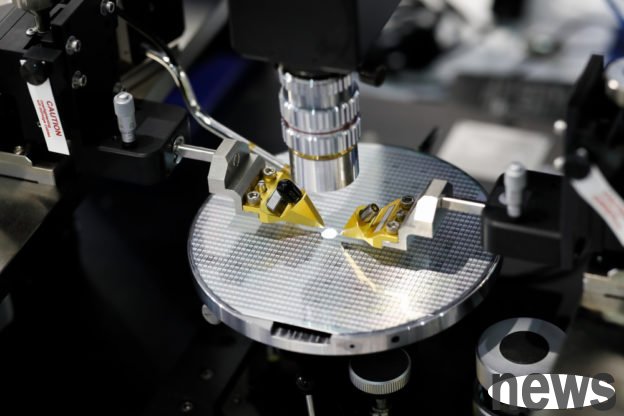
There is a potential turnaround in the field of microelectronic technology. The research team at the University of Tokyo recently developed a revolutionary new type of transistor. This new type of transistor no longer uses silicon materials, but uses a crystal material called folding iron oxide (InGaOx). This breakthrough is expected to enhance the effectiveness of AI and large-data applications, and continue the vitality of Mor's law in the post-silicon era.
The transistor is regarded as one of the largest inventions in the 20th century and is important for modern electronic products. As a miniature switch for controlling and amplifying signals, as the equipment becomes smaller and faster and faster, the front of the traditional silicon-based transistor develops bottlenecks, and even approaches the extreme limit of electronic products and power.
The research team at Tokyo University believes that oxidation of oxidized iron is a better development path. This material can form a highly ordered crystal structure to promote the efficient movement of electrons. The new transistor adopts a "gate-all-around (GAA)" design, and the gate is completely covered around the current channel, which helps to improve the movement rate of electrons and long-term stability.
The main researcher of the research team, Chen Anlan, said that it is hoped that the crystal oxide transistor will have a "circular gate (GAA)" structure, so that the switch-on that is opened or closed can circumvent the current channel, thereby improving efficiency and expansion. Therefore, the researchers flip the pin into the oxide to improve the material's electrical reaction.
Studies have shown that the oxidation of the ferrule can effectively inhibit oxygen defects and thus improve the stability of the transistor. The team used atomic layer deposition technology to cover the nGaOx film layer by layer, and transform it into the required crystal structure by heating, and finally successfully created a metal oxide field-effect transistor (MOSFET). Chen Anlan pointed out that the circulating MOSFET has achieved a high movement rate of 44.5 cm²/Vs and has been running stably for nearly three hours under stress, showing good reliability. This result is an application of high computing needs such as large data and artificial intelligence, providing reliable high-density electronic component design, indicating that the smooth operation of next-generation technologies will have a significant impact on people's daily lives.
Crystal-Powered Transistor Could Replace Silicon and Supercharge AI
Extended reading: It is necessary to use NVIDIA generative AI technology! Assisting Taichung Science Museum to create AI smart navigation RobCraft AI Highlights! Daming Robot Germany Automatica exhibits three major AI collaboration applications China's three major silicon crystal circle suppliers can grow rapidly! Foreign asset estimates can meet 36% of China's demand in 2027